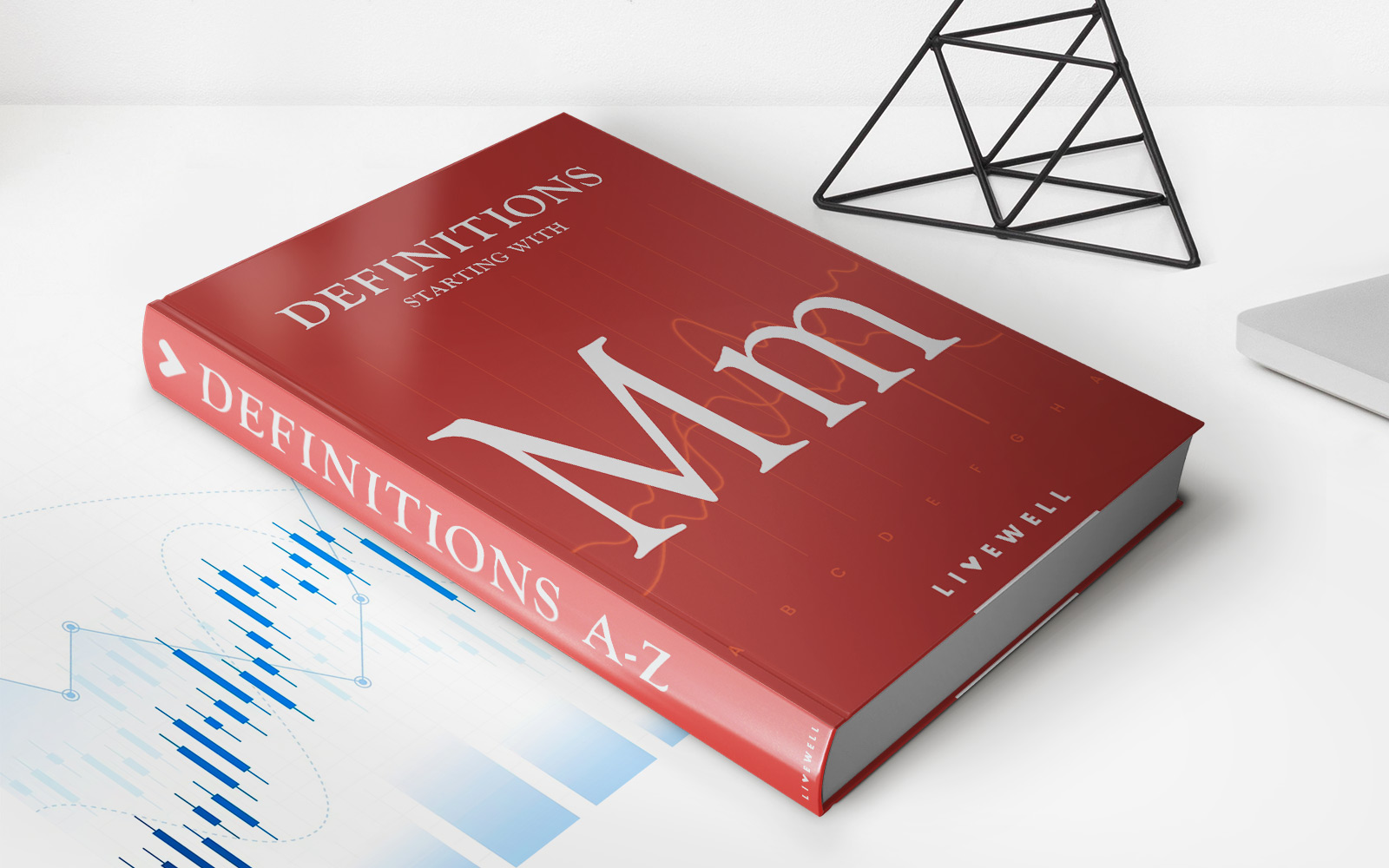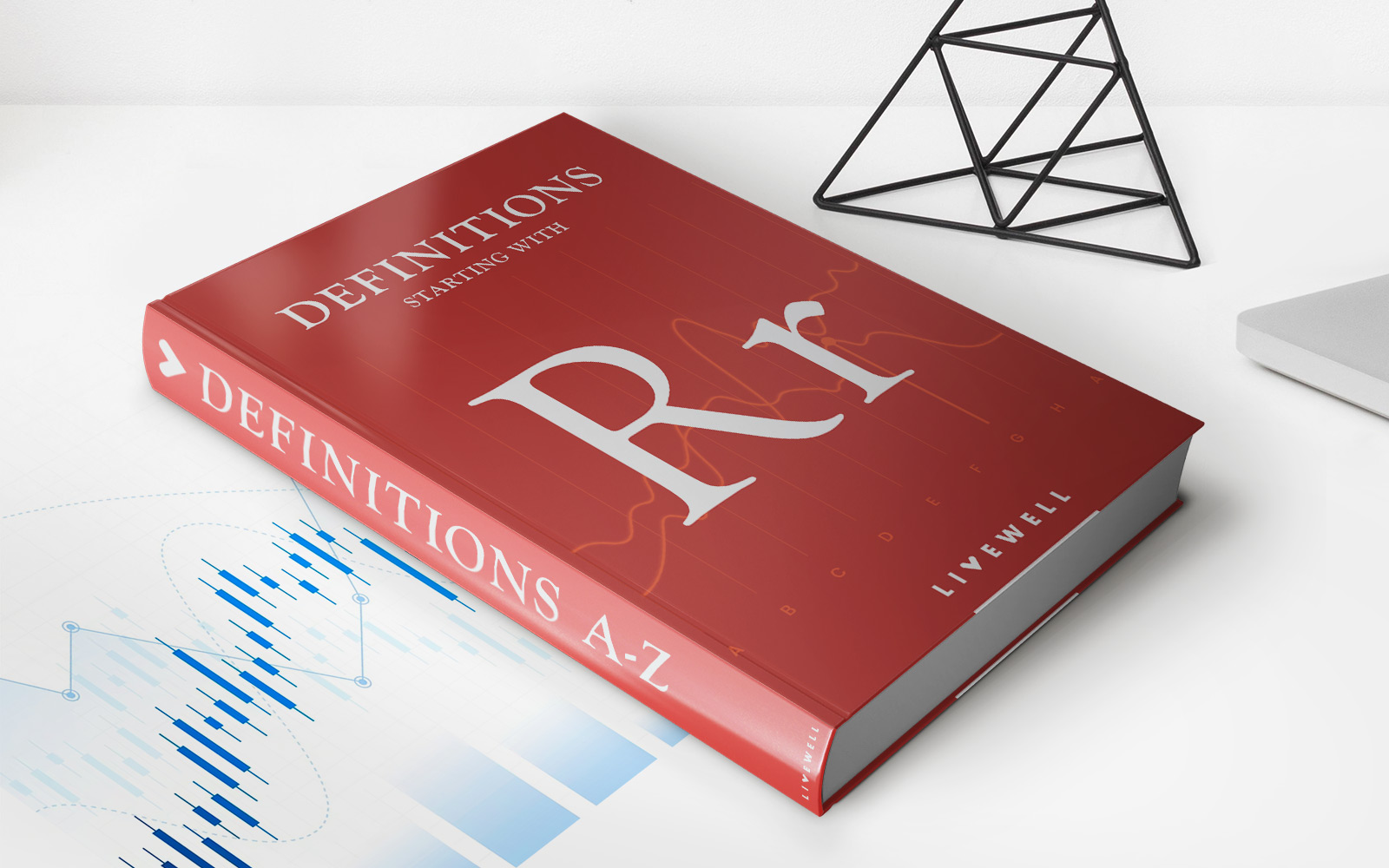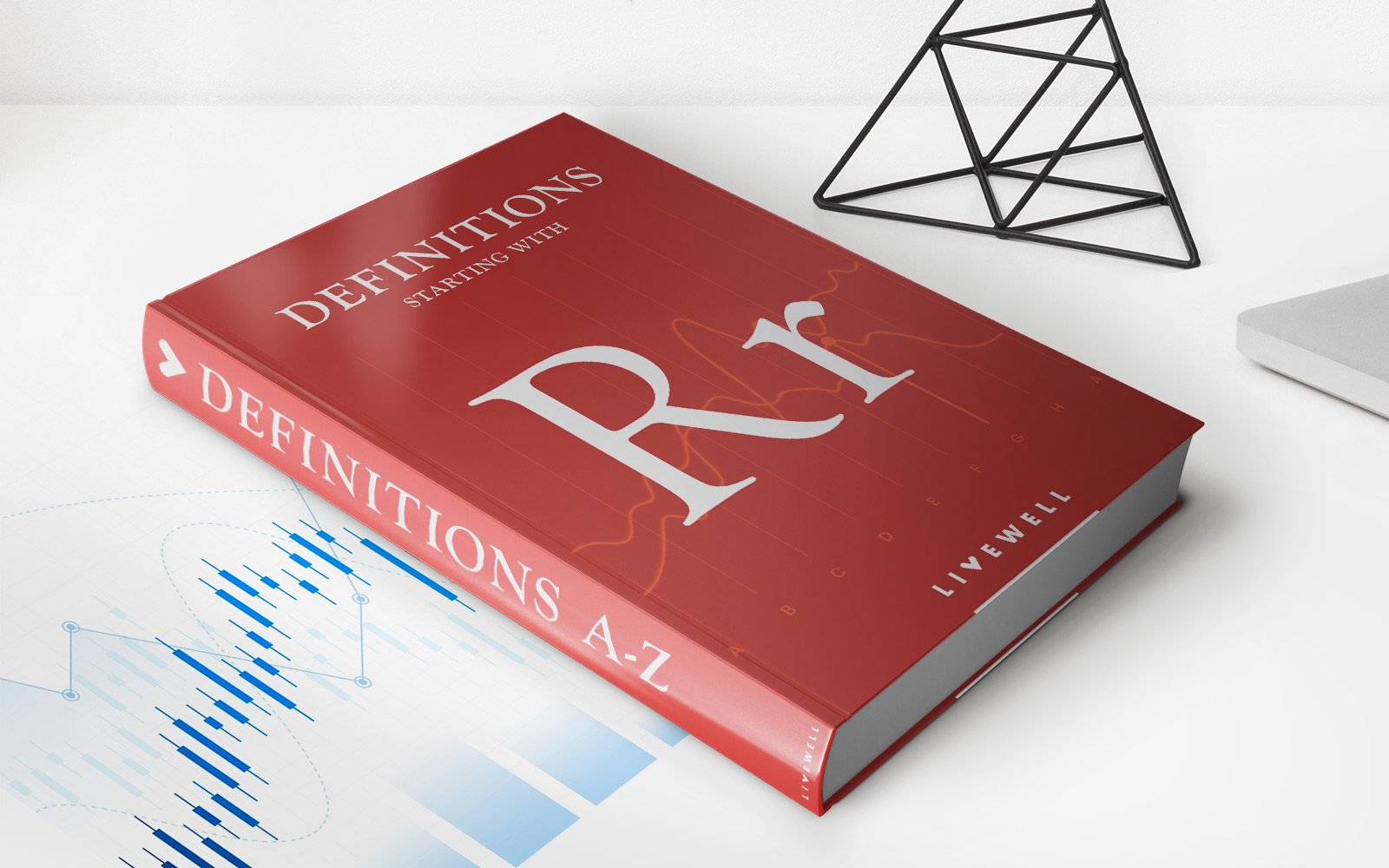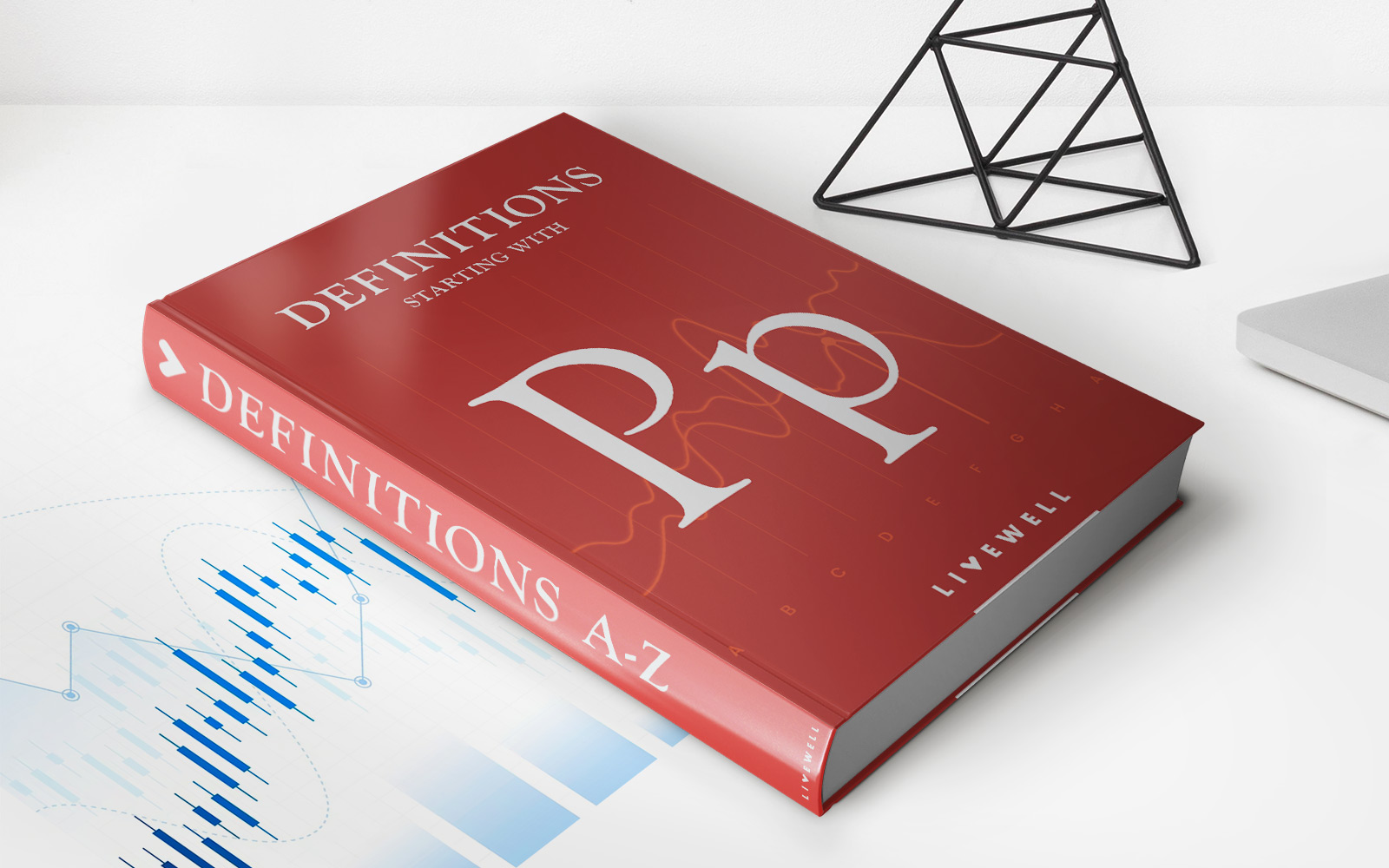Home>Finance>Discount Bond: Definition, Using Yield To Maturity, And Risks
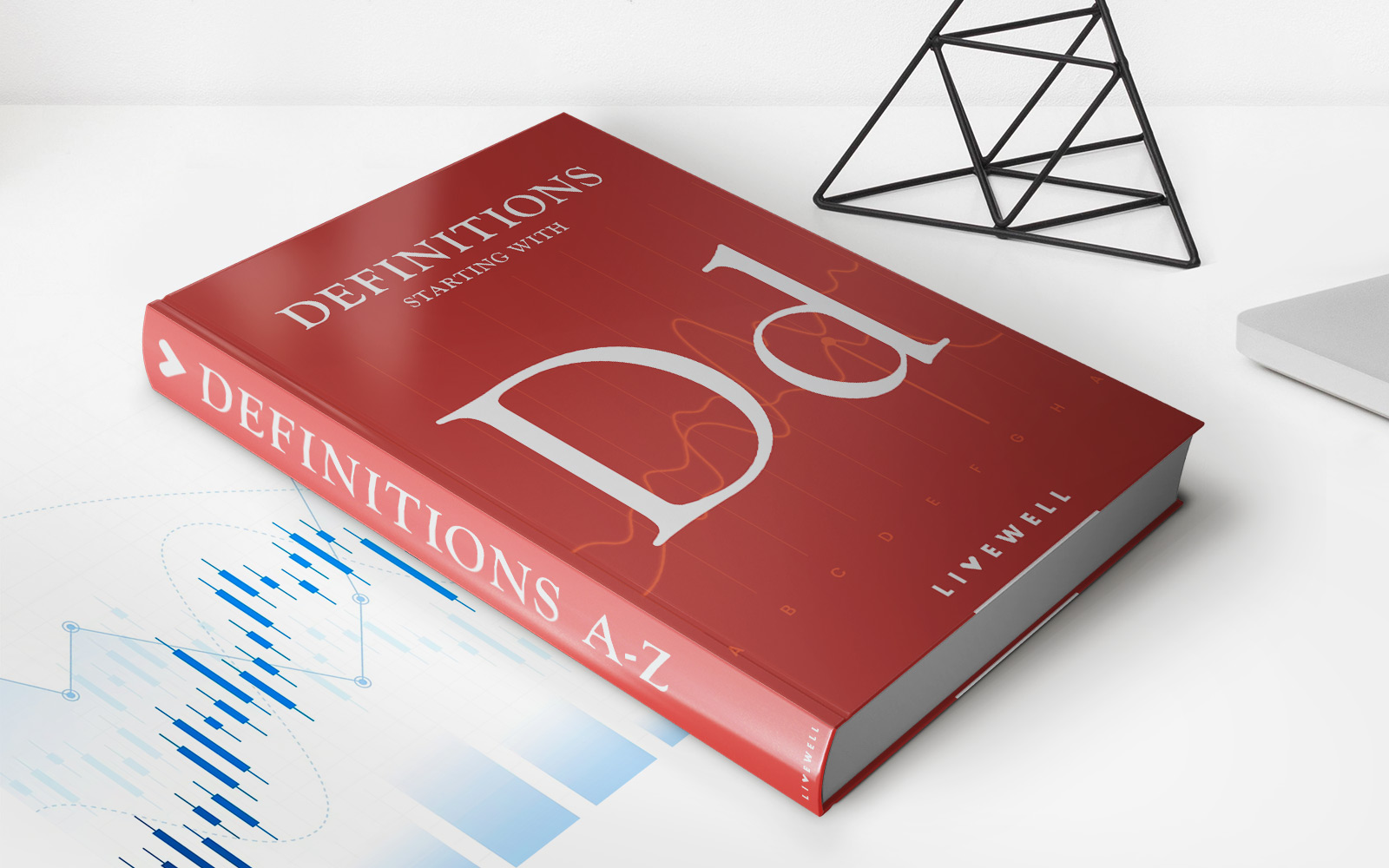

Finance
Discount Bond: Definition, Using Yield To Maturity, And Risks
Modified: February 21, 2024
Learn about the definition and risks of discount bonds in finance, how to calculate yield to maturity, and make informed investment decisions.
(Many of the links in this article redirect to a specific reviewed product. Your purchase of these products through affiliate links helps to generate commission for LiveWell, at no extra cost. Learn more)
Discount Bond: Definition, Using Yield to Maturity, and Risks
Welcome to our Finance category blog post, where we delve into the world of investment and financial instruments. In this article, we’ll explore the concept of a discount bond, explain how you can use the yield to maturity (YTM) to evaluate its performance, and outline the potential risks associated with these types of bonds.
Key Takeaways:
- A discount bond is a type of bond that is sold at a price below its face value.
- The yield to maturity (YTM) is a measure of the expected return on a bond if it is held until maturity.
Now, let’s dig deeper into the world of discount bonds. A discount bond, also known as a deep discount bond or zero-coupon bond, is a bond that is purchased at a price lower than its face value. Unlike traditional bonds that pay periodic interest payments, discount bonds do not provide any coupon payments. Instead, investors earn a return by buying the bond at a discount and receiving the face value of the bond when it matures.
One of the key metrics used to assess the performance of a discount bond is the yield to maturity (YTM). The YTM represents the total return an investor can expect to earn by holding the bond until it matures. It factors in the initial discounted purchase price and any potential capital gain or loss upon maturity.
Calculating the YTM involves estimating the future cash flows from the bond, taking into account the purchase price, face value, and time to maturity. It is worth noting that the YTM assumes that all future interest payments will be reinvested at the same rate. This metric provides a standardized way to compare the performance of different discount bonds, allowing investors to make informed decisions.
While discount bonds offer the potential for higher returns compared to bonds sold at face value, they also pose certain risks that investors should be aware of. Here are some of the risks associated with discount bonds:
- Interest Rate Risk: The value of a discount bond is highly sensitive to changes in interest rates. When interest rates rise, the value of the bond decreases, leading to a potential capital loss if sold before maturity.
- Default Risk: Like any other bond, discount bonds carry the risk of the issuer defaulting on their payment obligations. It is essential to carefully evaluate the creditworthiness of the issuer before investing in discount bonds.
- Liquidity Risk: Discount bonds may have lower liquidity compared to other types of bonds, as they are often issued in smaller quantities and traded less frequently. This can make it difficult to sell the bond quickly if needed.
Understanding the risks associated with discount bonds is crucial for investors. It is advisable to diversify your investment portfolio and consult with a financial professional to ensure your investment strategy aligns with your risk tolerance and financial goals.
In conclusion, discount bonds can be an attractive investment option for those seeking higher potential returns. By using the yield to maturity as a metric for evaluation and understanding the associated risks, investors can make informed decisions. Remember to conduct thorough research and seek professional advice to ensure your investment choices align with your financial objectives.


